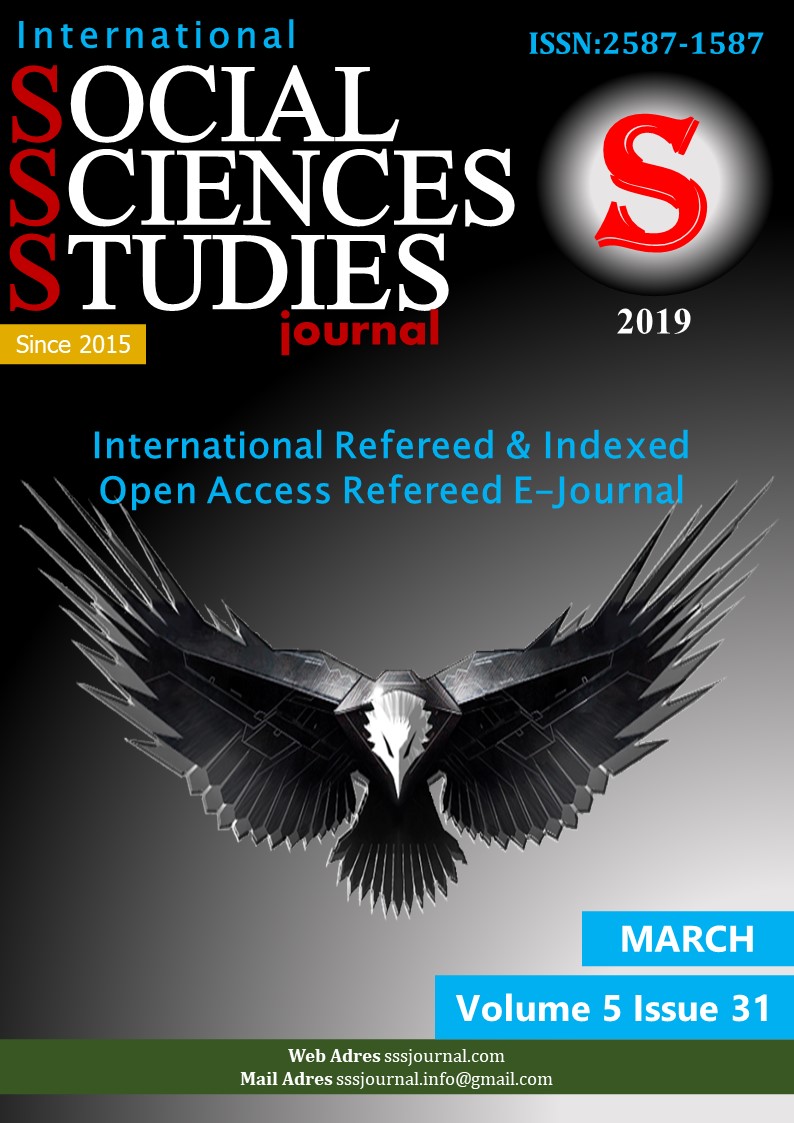An Analysis Of A Landscape Garden Shaped With Multi Layered Art-Trust Nature And Modern Physics Science: Peterhof Royal Garden (Russia)
Author :
Abstract
The historical gardens and parks of St. Petersburg, Russia, are valued as monuments of landscape architecture and components of the city’s urban ecosystems. They date back to the early 18th century, when Peter the Great (1672-1725) oversaw the construction of the city (his ìVenice of the Northî) on the marshy delta of the Neva River. After World War II, intensive restoration and reconstruction was begun in almost all of St. Petersburg’s historical parks. One of these is the Peterhof Palace Gardens, a world class palace that provides a very worthwhile experience for anyone interested in architecture, art, or history. Peter I (the Great) founded Peterhof in 1709 as a country estate. After visiting the French court in 1717, he decided to make Peterhof into an imperial residence that would rival Versailles. The Baroque Grand Palace (1714–28) was designed by Domenico Trezzini and the palace’s gardens by Alexandre Le Blond; Bartolomeo Rastrelli enlarged the structure in 1752. Peterhof subsequently became the most lavish and popular of the Russian royal summer residences (Britannica, 2019). In 1918 Peterhof became a museum although during World War II it was occupied by the German troops and suffered severe damage and was destroyed by fire. The reconstruction began almost immediately after the war and continues to this day. In the scope of this research; Besides the historical development of the palace gardens in Peterhof, Space organization, structures in palace gardens, water elements, characteristic elements and structures/overall planning will be discussed.
Keywords
Abstract
The historical gardens and parks of St. Petersburg, Russia, are valued as monuments of landscape architecture and components of the city’s urban ecosystems. They date back to the early 18th century, when Peter the Great (1672-1725) oversaw the construction of the city (his ìVenice of the Northî) on the marshy delta of the Neva River. After World War II, intensive restoration and reconstruction was begun in almost all of St. Petersburg’s historical parks. One of these is the Peterhof Palace Gardens, a world class palace that provides a very worthwhile experience for anyone interested in architecture, art, or history. Peter I (the Great) founded Peterhof in 1709 as a country estate. After visiting the French court in 1717, he decided to make Peterhof into an imperial residence that would rival Versailles. The Baroque Grand Palace (1714–28) was designed by Domenico Trezzini and the palace’s gardens by Alexandre Le Blond; Bartolomeo Rastrelli enlarged the structure in 1752. Peterhof subsequently became the most lavish and popular of the Russian royal summer residences (Britannica, 2019). In 1918 Peterhof became a museum although during World War II it was occupied by the German troops and suffered severe damage and was destroyed by fire. The reconstruction began almost immediately after the war and continues to this day. In the scope of this research; Besides the historical development of the palace gardens in Peterhof, Space organization, structures in palace gardens, water elements, characteristic elements and structures/overall planning will be discussed.
Keywords
- URL 1- 2019 (http://www.famous-historic-buildings.org.uk/peterhof_palace_148.html)
- URL 1- 2019 (http://www.famous-historic-buildings.org.uk/peterhof_palace_148.html) URL 2- 2019 (http://www.dronestagr.am/peterhof-upper-gardens-3/ )
- URL 3- 2019 (http://spbfoto.spb.ru/foto/details.php?image_id=1067) http://www.dronestagr.am/peterhof-upper-gardens-3/
- URL 4- 2019 (http://www.colta.ru/articles/literature/15785-vdol-liniy-vagengeyma-ili-petergofskiy- travelog-vaginova)
- Erikson, J. 2012. Peterhof and Drottningholm; A Comparison of the Formal Parks' Characteristic Elements,Structures and Overall Planning. Bachelor Thesis at the Landscape Architect Programme Department of Urban and Rural Development, Uppsala
- Gurevich I.M. 1979, Fountains of Peterhof. Color photos: Belous DV Soviet artist. Moscow.
- Hynynen, Arı.J, et al. 2012. Water Founrains in the Worldscape. International Water History Association and KehräMedia Inc. Graphical design: Tommi Kuikka, ISBN: 978-951-98151-8-3
- Петергоф, 2019. Петергофский государственный музей-заповедник
- Белоусов, А. С., 2016. СОБСТВЕННОРУЧНЫЕ РИСУНКИ ПЕТРА I- И ВОПРОС О ДАТЕОСНОВАНИЯ ВЕРХНИХ ПАЛАТ В ПЕТЕРГОФЕ, ПРОБЛЕМЫ СОХРАНЕНИЯ КУЛЬТУРНОГОНАСЛЕДИЯ. XXI ВЕК, ДВОРЦЫ-И СОБЫТИЯ-К 300-летию Большого Петергофского дворца, ISBN 978-5-91598-021-0
- Леонтьев А. Г., 2016. Ж.‑Б. А. Леблон в ранней истории строительства Большого Петергофскогодворца. ПРОБЛЕМЫ СОХРАНЕНИЯ КУЛЬТУРНОГО НАСЛЕДИЯ. XXI ВЕК, ДВОРЦЫ-И СОБЫТИЯ-К 300-летию Большого Петергофского дворца, ISBN 978-5-91598-021-0
- Леонтьев, А. Г. архитектор объекта В. В. Черныш. СПб., 1993. Раздел I: Комплексные научные исследования. Ч. 2: Исторические справки;
- Коренцвит В. А., 2016. ЗАБЫТЫЕ ФОНТАНЫ ПЕТЕРГОФА. ПРОБЛЕМЫ СОХРАНЕНИЯКУЛЬТУРНОГО НАСЛЕДИЯ. XXI ВЕК, ДВОРЦЫ-И СОБЫТИЯ-К 300-летию Большого Петергофского дворца, ISBN 978-5-91598-021-0
- Леонтьев, А. Г. 2010. Страницы послевоенного восстановления Петергофа. ИСТОРИЯ
- Parisa Goker was born in July 1981 in Iran. She completedher doctoral degree from agriculture faculty, department oflandscape Architecture. She is working as assistant professorand also is vice-dean of Art and Design Faculty and Head ofDepartment of Interior architecture and Environment Designin Bilecik Seyh Edebali University, Bilecik, Turkey. Herresearch interests are historical and cultural landscape,cultural heritage, garden design, Islamic architecture, Persiangardens and Turkish-Anatolian architecture and gardens design, Ottoman Era palace gardens.





